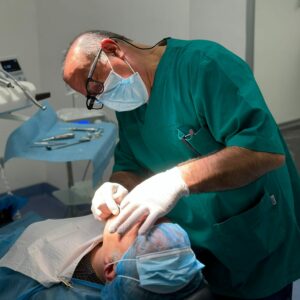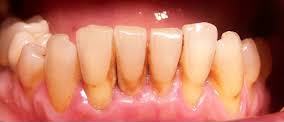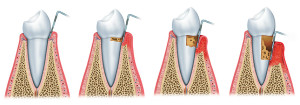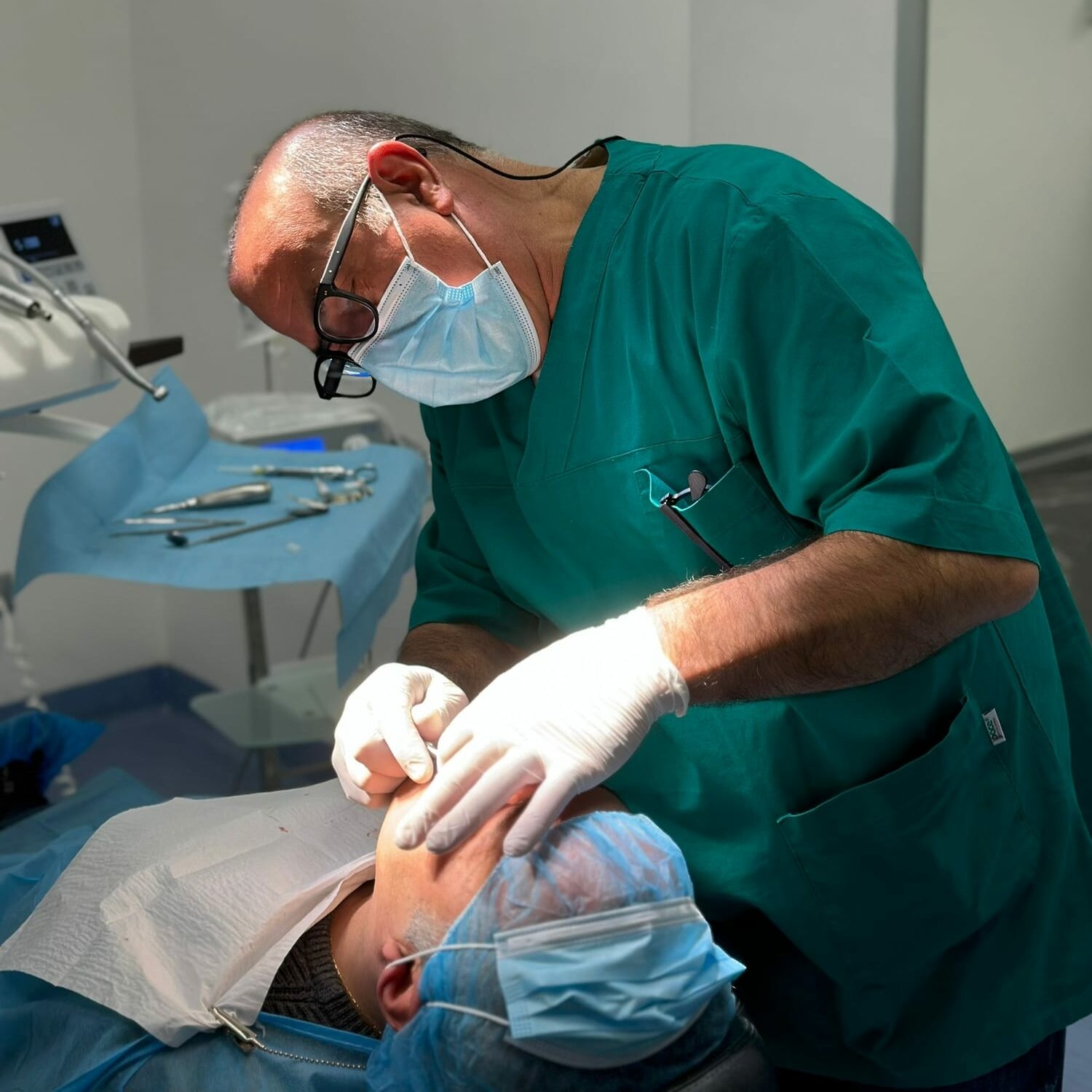A moving tooth can be a touch perception or an objective condition. In reality, an almost imperceptible movement is a normal condition for a tooth, it is in fact a slight flexibility of the periodontal ligament that allows a micro oscillation, also useful to cushion the chewing pressure. Instead, a different and more complex situation is in which the tooth moves in a clearly evident way.
What causes are behind a moving tooth?
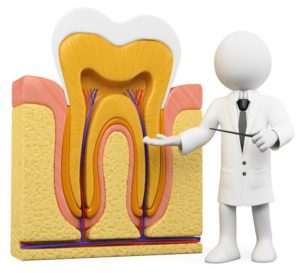 A tooth moves if the structure that holds it firmly to the alveolar bone is damaged. This structure takes the name of periodontium and can be defined as the set of: tissues, gingiva, alveolus and part of the root of the tooth. It is therefore a functional unit that wraps the tooth inside the alveolus.
A tooth moves if the structure that holds it firmly to the alveolar bone is damaged. This structure takes the name of periodontium and can be defined as the set of: tissues, gingiva, alveolus and part of the root of the tooth. It is therefore a functional unit that wraps the tooth inside the alveolus.
Probably the common idea is that the tooth is stuck inside the bone, in reality it is the periodontal ligament that keeps the tooth fixed. The periodontium is made up of tissue fibers which on one side are tied to the maxillary bone and on the other to the root of the tooth.
So, in the presence of a tooth that moves, the first thought must be directed precisely to the state of health of the periodontium.
What pathologies damage the periodontium?
One of the main causes of periodontal ligament impairment is periodontitis.
Periodontitis is an infection of the mouth, often the degeneration of a gingivitis, which attacks the periodontal tissues. In most cases, therefore, a moving tooth is affected by periodontitis. If you do not act promptly on the current infection, you can incur the fall and therefore the loss of the tooth itself.
To have direct consequences on the health of periodontal there are also dental trauma or the malocclusion problems. A traumatic event, an accident or a direct blow to the dental arches, can have an impact on the periodontium. The blow can in fact give rise to a lesion of the periodontal tissue, causing the tooth to move after the trauma.
Even an untreated caries can turn into a dental abscess, in this case the infection reaches the root of the tooth, also affecting the gums and the entire periodontium.
What to do if a tooth moves
If you have a tooth that moves, make an appointment with the dentist. This rule applies in any case, even when you only have the perception that a tooth is not firmly anchored to the bone. In fact, the dentist is the only person who can confirm your perception and above all quantify the degree of mobility of the tooth through the Miller scale.
The Miller scale assigns a parameter from 0 to 3, i.e. it measures the degree of severity with which a tooth oscillates, where zero is an absolutely normal value and 3 instead represents a particularly serious movement of the tooth.
If you have a tooth that moves, don’t wait for it to fall out completely, the dentist can help you find the best therapy to save your natural tooth. For example, in the presence of salvable teeth but affected by severe mobility due to periodontitis, the dentist will proceed to a specific treatment: antibiotic therapy and deep cleaning of the periodontal pockets.
You must never think that there is nothing more to do, a visit to the dentist can always give you new and unexpected solutions!


